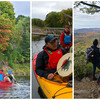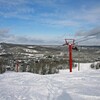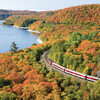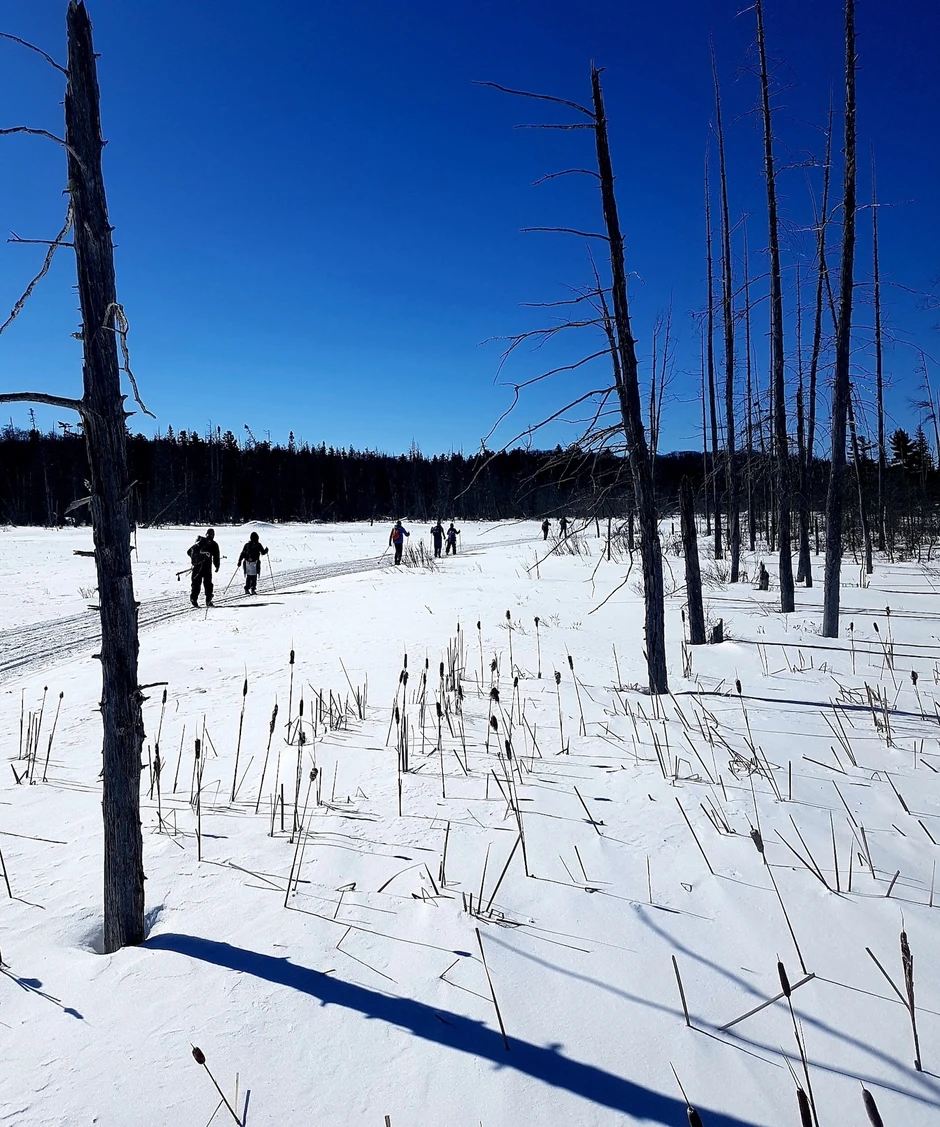
Water Ways
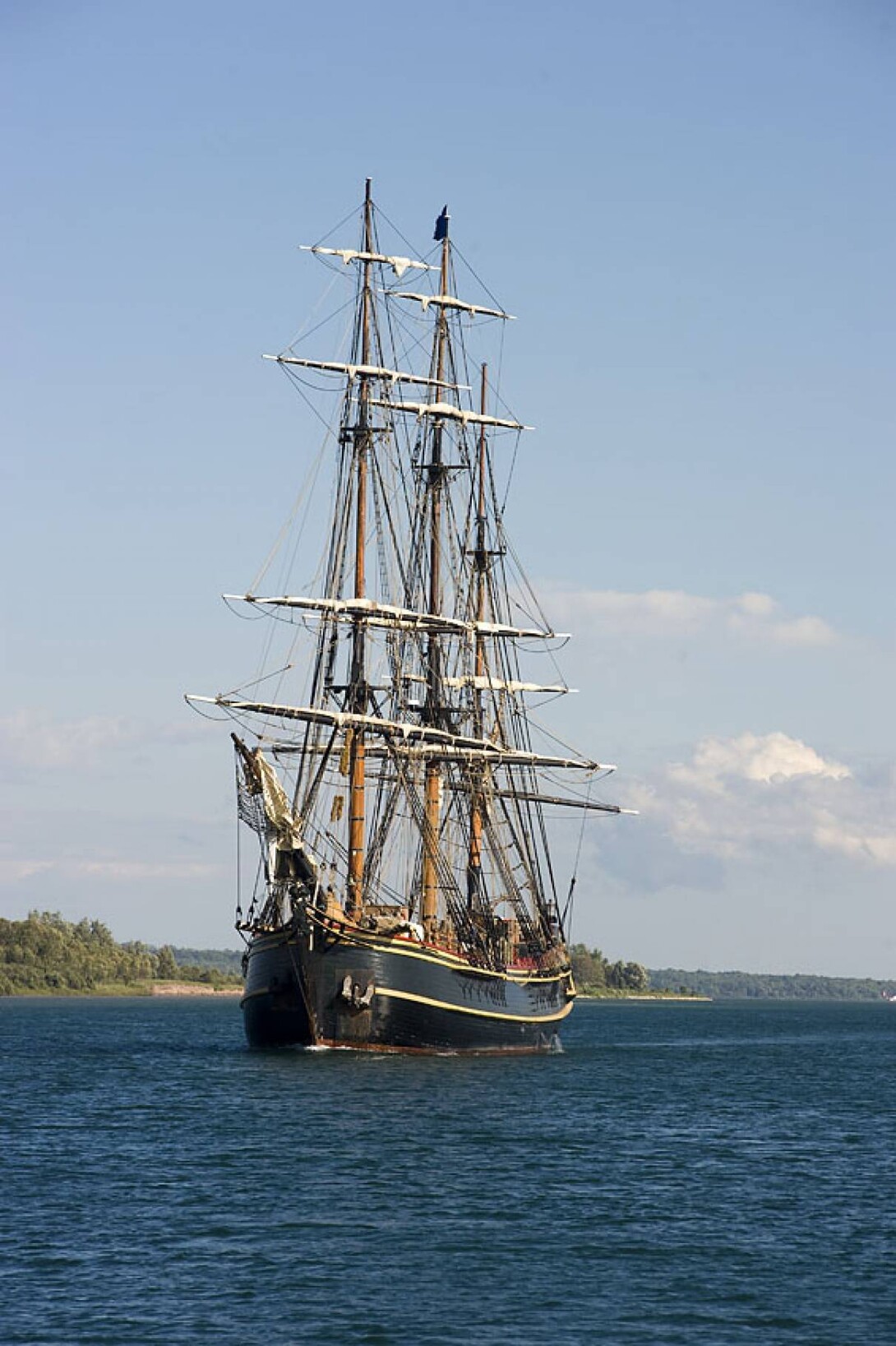
“By the shore of Gitche Gumee, By the shining big sea water…” Henry Wadsworth Longfellow, The Song of Hiawatha.
Situated in the heart of North America thousands of miles from any ocean, Sault Ste. Marie is still, in many ways, a maritime city. Its location at a strategic juncture of the Great Lakes, and the innumerable smaller bodies of water surrounding it, have made the Sault a key centre of nautical exploration, commercial shipping and recreational boating. In all senses of the phrase, this is a community built by the water.
From the pre-Columbian age, the river linking those two vast inland seas to its east and west has defined the site of present-day Sault Ste. Marie. The native Ojibway tribes named the region, Pawating or Bawating, meaning “fast rushing waters,” after the rocky falls where Gitche Gumee poured downstream; later French-Canadian missionaries and canoe-paddling voyageurs designated the spot Sault Sainte Marie, or Saint Mary’s Rapids.

As Europeans conquered and settled North America, and gradually defined the territorial extents of Canada and the United States, Sault Ste. Marie became both a chokepoint of travel and trade and an important border outpost – a sort of Land’s End in the middle of the continent.
The American poet Longfellow’s famous 1855 epic, Song of Hiawatha, is set in and around the forests and lakes of what became Sault Ste. Marie. Eventually, the abundant fishing to be enjoyed at the tumbling waters where Lake Superior emptied out became widely known; by 1920, no less an avid an angler than a young journalist, Ernest Hemingway enthused, “At the present time the best rainbow trout fishing in the world is the
Rapids at the Canadian Soo.”
Industrialization put the Sault’s waters to work, with the expanding fleet of Great Lakes freighters passing up and down the St. Mary’s River laden with grain, iron ore, and other foodstuffs and raw materials. During Sault Ste. Marie’s boom years, the town’s major businesses, Algoma Steel and Great Lakes Power, would have been inconceivable without the proximity of the Great Lakes, the St. Mary’s River and their waters. Still,
today locals use “the River” as a directional point of reference: the Sault has always been, and continues to be, a city inextricably bound to its primordial flows, waves, shorelines and currents.

In the rapids themselves, under the shadow of the International Bridge, there are always a few fishermen (and women) casting lines as they follow in the footsteps of Ernest Hemingway’s hip waders. Rainbow, brook, and speckled trout are among the choice local catches, but you might also snag a whitefish or a freshwater salmon;many of the small boats on the river carry fishing parties, while on the dry land of the boardwalk, you’ll discover even more clusters of rods and reels being held by outdoor buffs of all ages.
North of the Sault, in the sheltered bays of mighty Lake Superior or on one of the many named and nameless creeks that flow into it, there’s opportunity for canoeing, sailing, waterskiing, personal water crafting and, yes, ample sports fishing.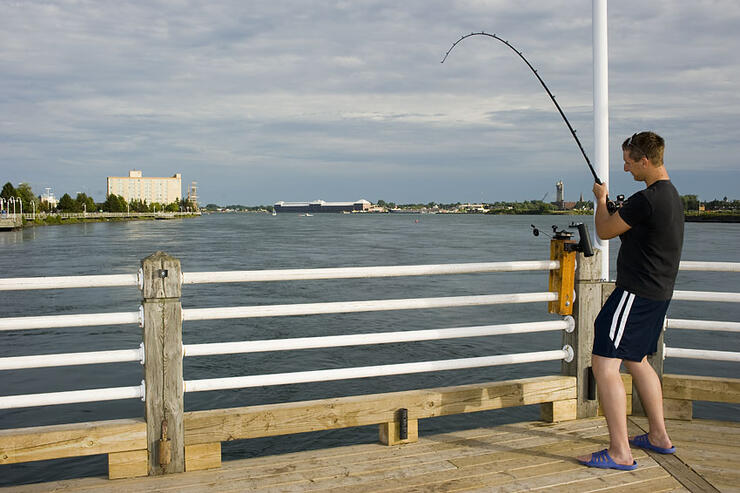
This year, a seafaring past and present will come together on Sault Ste. Marie’s waterfront as the Tall Ships Challenge® – a tour of the five Great Lakes by an international flotilla of old-fashioned schooners, brigs, ketches, and sloops – puts in a mid-summer appearance on the St. Mary’s River. The Tall Ships Challenge® is a nonprofit group dedicated to showcasing the majesty of classic marine craft and preserving the aquatic ecosystems of the routes they sail; races, reenactments, and onboard tours are some of the attractions they offer. When the tall ships breeze into the area in July, locals and visitors alike will see the city as it was 200 years ago: then as now, “the Sault” meant both the growing community of people on land, and the bustling channel of seaborne trade and travel just offshore.
Whether driven by today’s modern engineering or yesterday’s elemental power of the wind, the armada of vessels plying its waterways are a reminder of Sault Ste. Marie’s importance on the map and within the course of history.
Plan to visit Sault Ste. Marie between July 19th and 21st, 2013 and enjoy the festivities as 3 Tall Ships will be docking at the Robert Bondar Marina. You can purchase your tickets online with an Agawa Canyon Tour Train package or with a participating accommodation. Look for more information? Call the Algoma 1812 office 705-949-1812. Their friendly staff will be more then happy to assist you.
Recommended Articles

9 Facts to Know about the Agawa Canyon Tour Train
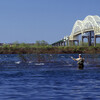
A Guide to the Best Urban Fishing in Sault Ste. Marie, Ontario

Where to Eat, Dine, and Play on the Sault Ste. Marie Waterfront
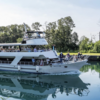
Cruising to the Next Level

Canada's Only Bushplane Museum is a Must For Your Bucket List

Why the Fall Is a Great Time to Visit Sault Ste. Marie
Canoe & Kayak Sault Ste. Marie

Peace Restaurant
